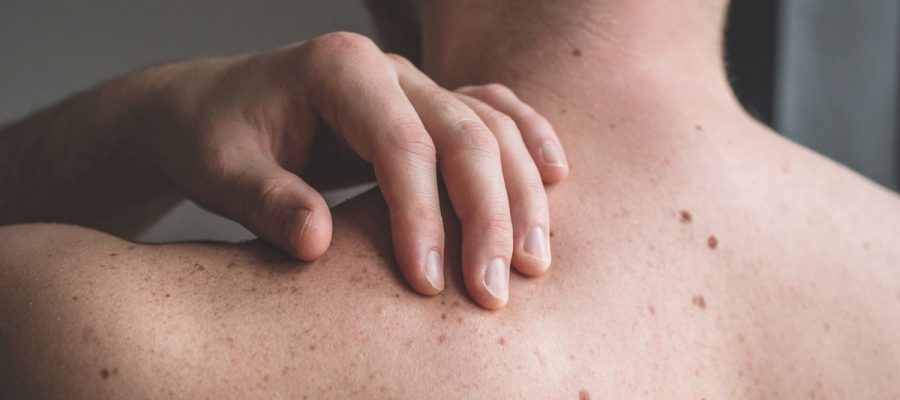Skin cancer is one of the most common cancers out there.
And in the UK, around 147,000 new cases of non-melanoma skin cancer are diagnosed annually.
If you catch the disease earlier, it may be easier to treat.
READ MORE: Calculator tells you how often to wash and change bedding – using 10 simple questions
So it's important to learn the warning signs – including checking your complexion regularly for anything unusual.
Previously, Dr Seth Rankin spoke to Daily Star about why keeping track of your moles is important.
The founder of London Doctors Clinic, told us: “Moles are coloured spots on the skin made up of cells which produce a pigment in your skin. Most of the moles are non-cancerous (benign) but there are some instances where they can develop into melanoma.
“Moles such as this, can appear on any part of your body. The more common areas for moles to appear are on the face, legs, back and arms.”

Melanoma may initially appear as a dark spot which was not present before and has increased in size.
It could also be a preexisting mole that has increased in size or changed shape or colour.
How to spot Melanoma early
Dr Rankin recommends the ABCDE rule which goes as follows:
- A is for Asymmetry – when the two halves of your mole do not look the same
- B is for Border– if any of the edges are ragged or look irregular
- C is for Colour – if your mole has different colours
- D is for Diameter – you might need to get your ruler out to see if the mole is larger than 6 millimetres
- E is for Elevated or Enlarged – have your moles changed in size or texture?
Other factors to look out for are:
- a sore that will not heal
- if the pigment around the spot/mole spreads into the surrounding skin
- swelling or redness beyond the border of the mole
- if the mole starts to feel itchy, tender or painful
- if the surface of the mole begins to ooze, bleed, or a sudden appearance of a lump or bump
How to reduce the risk of moles becoming cancerous
The NHS website states: "UV light from the sun can increase the chance of a mole becoming cancerous.
"If you have lots of moles, you need to be extra careful in the sun."
It also recommends:
- staying in the shade between 11am and 3pm, when sunlight is strongest
- covering skin with clothes – wear a hat and sunglasses if you have moles on your face
- regularly applying a high-factor sunscreen (minimum SPF30) and apply it again after swimming
- avoiding sunbeds or sunlamps as they use UV light
If you see any of these signs or want to get a mole checked, make an appointment with your GP.
Source: Read Full Article
